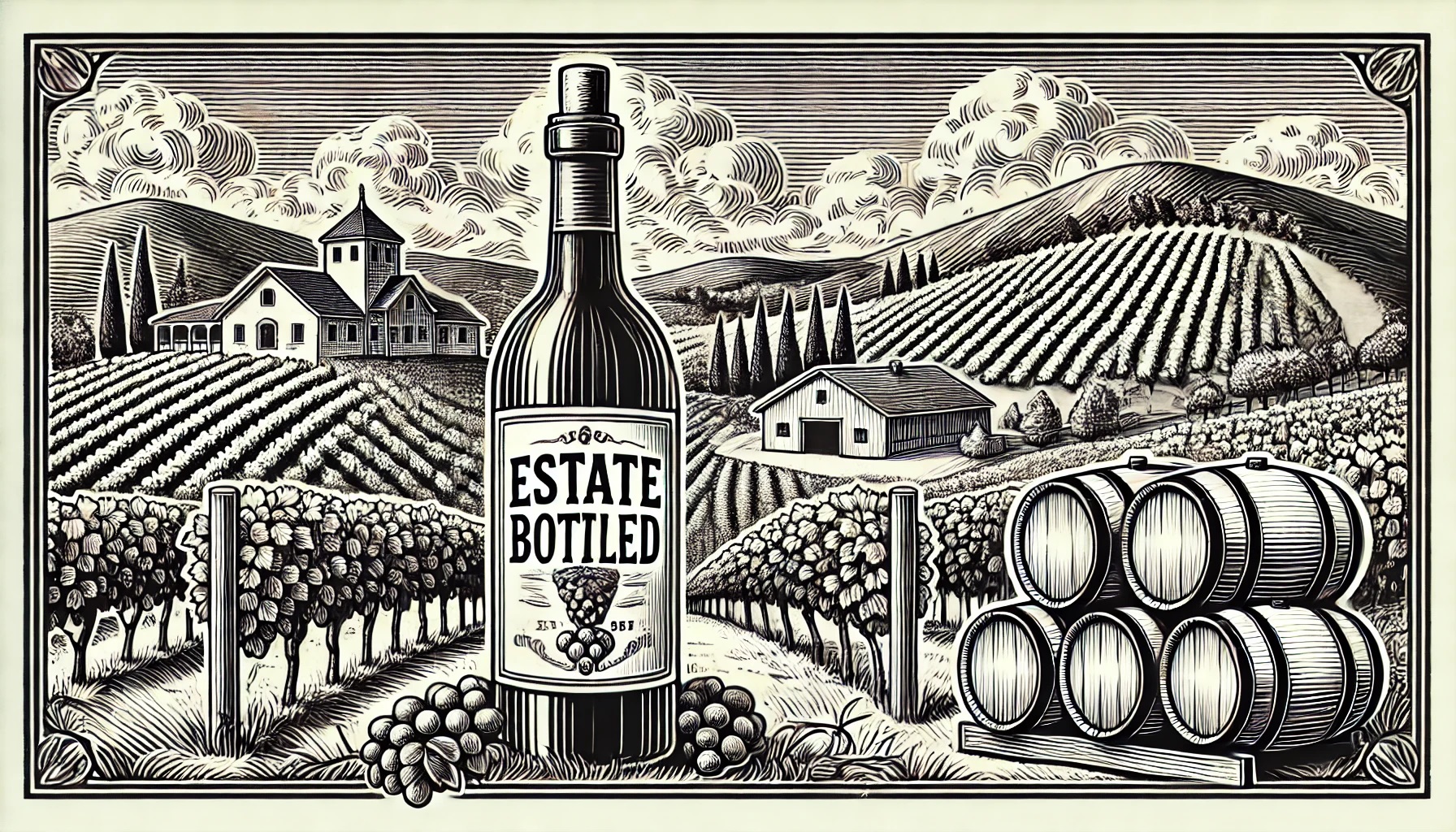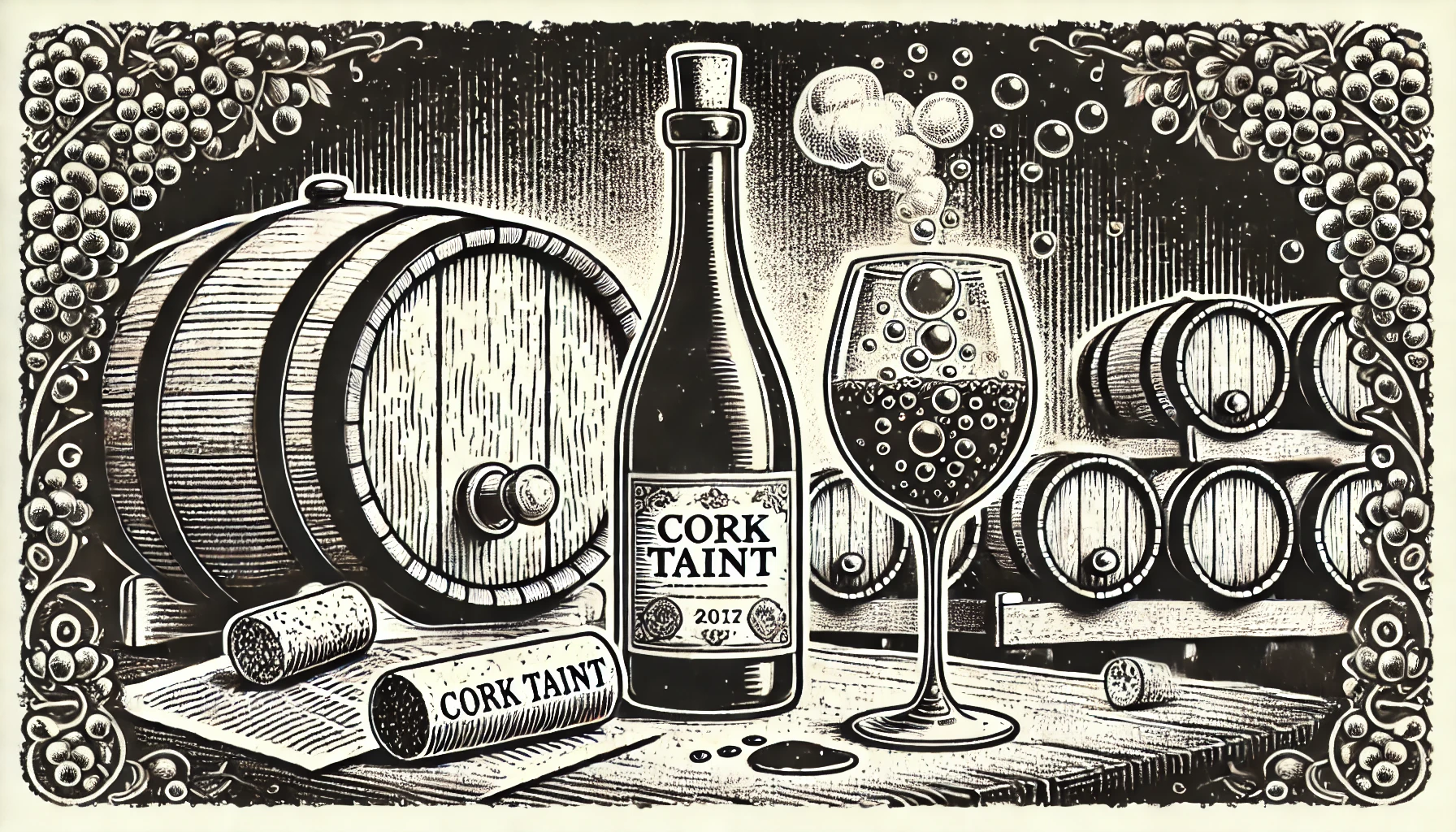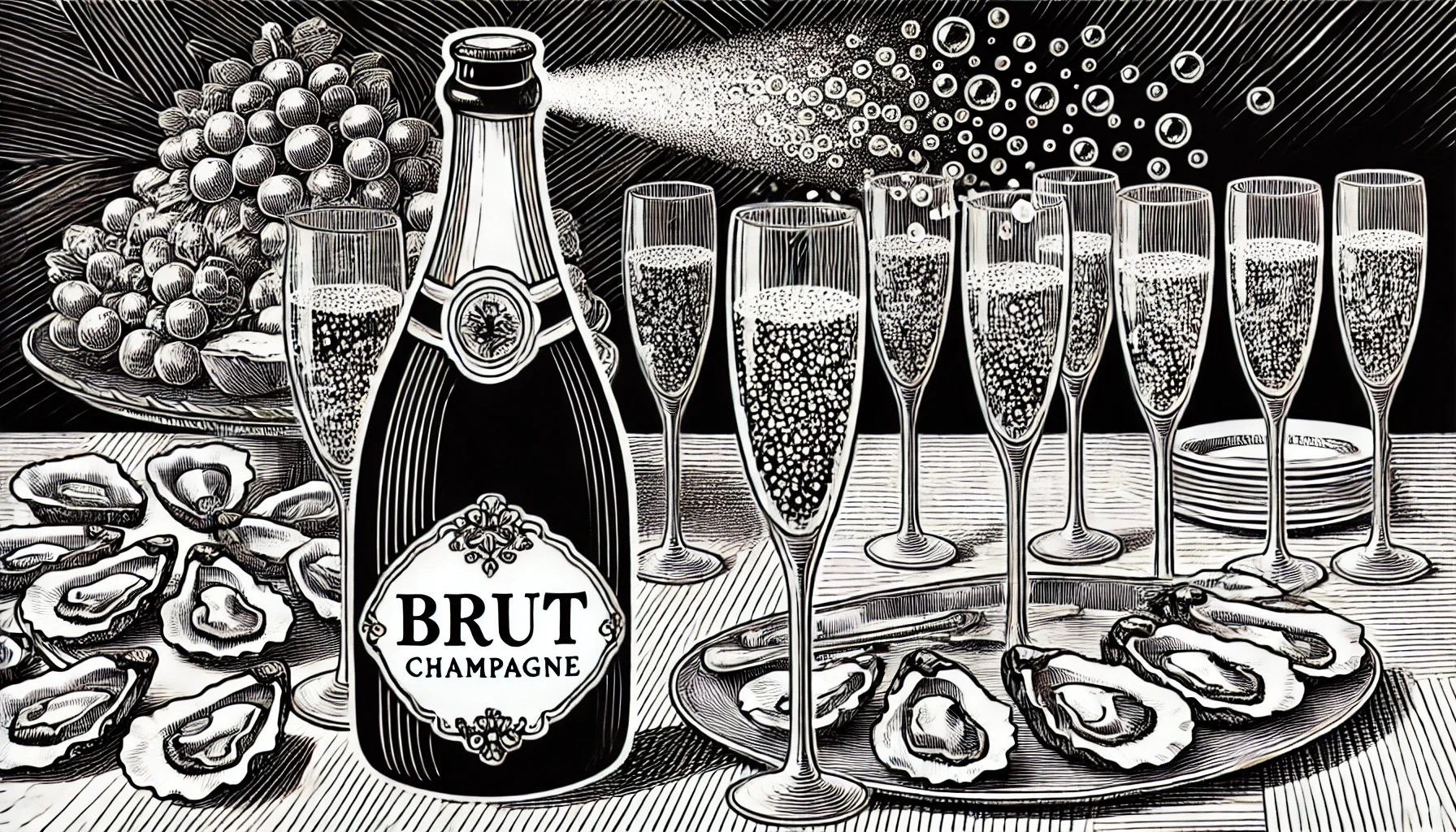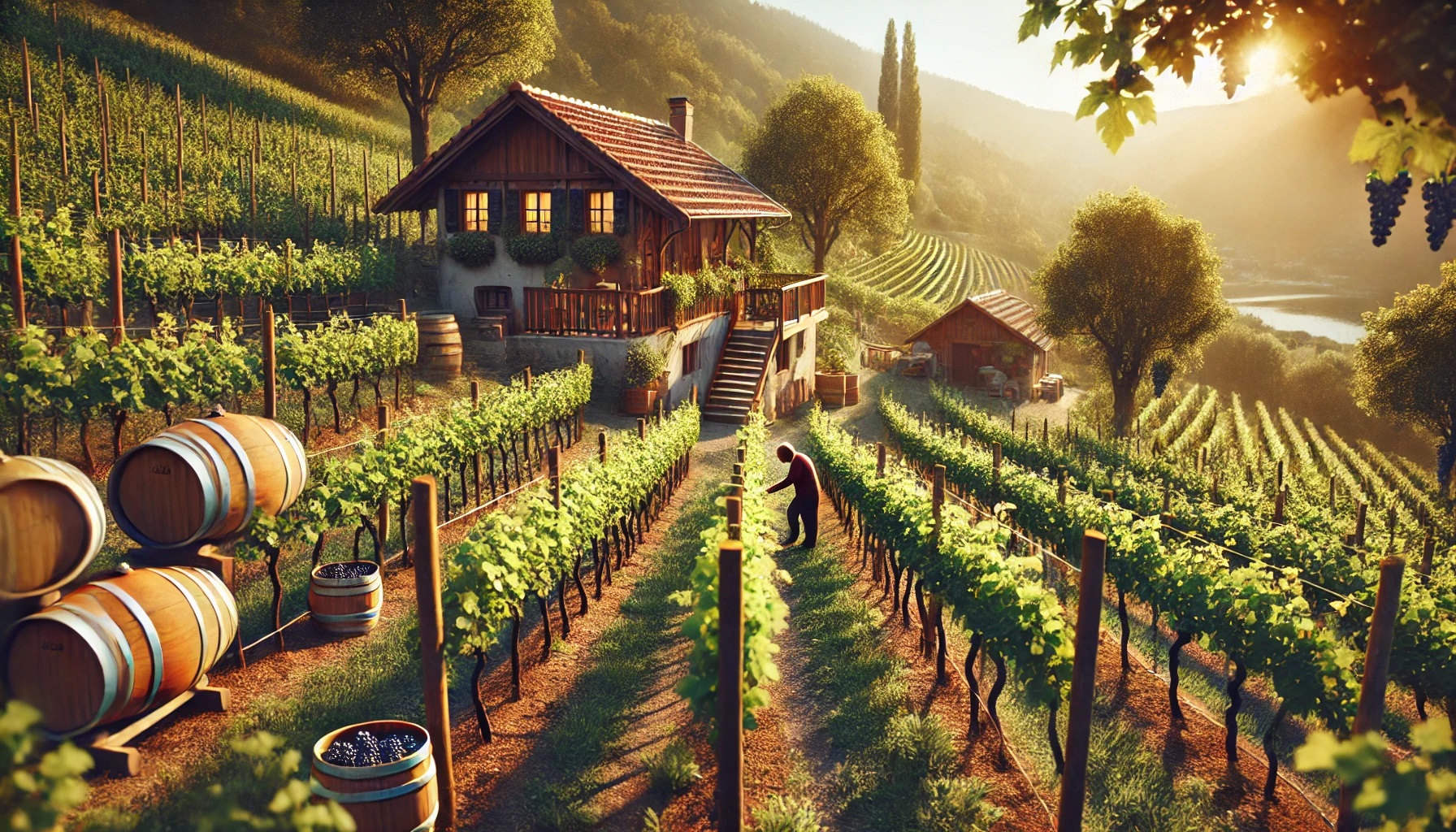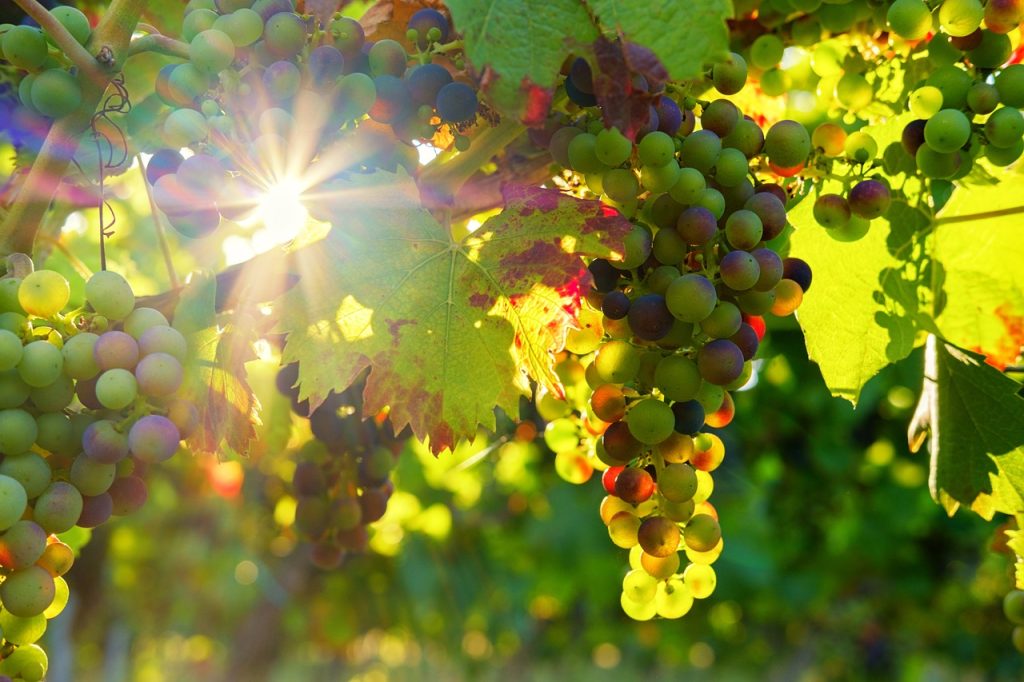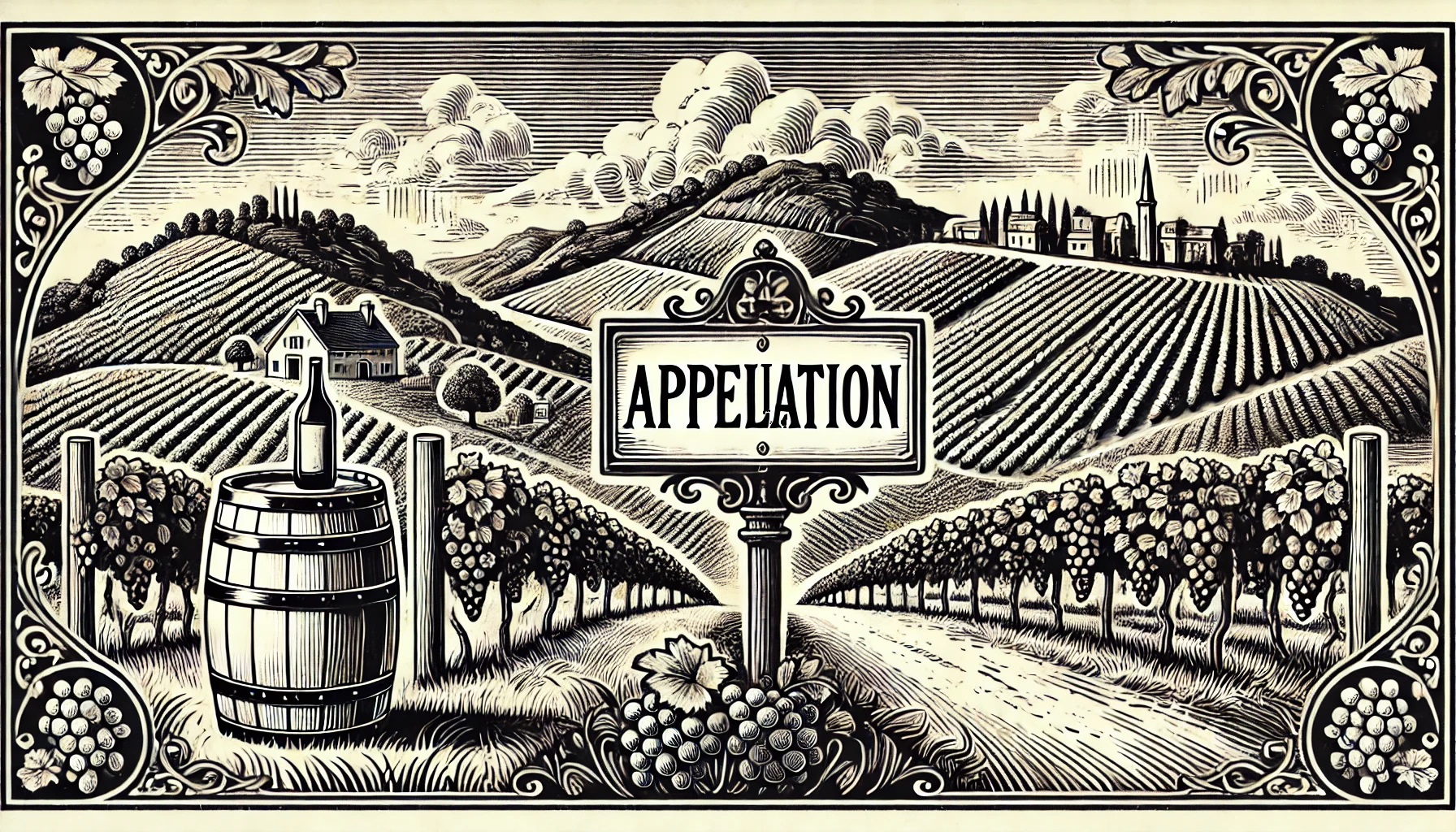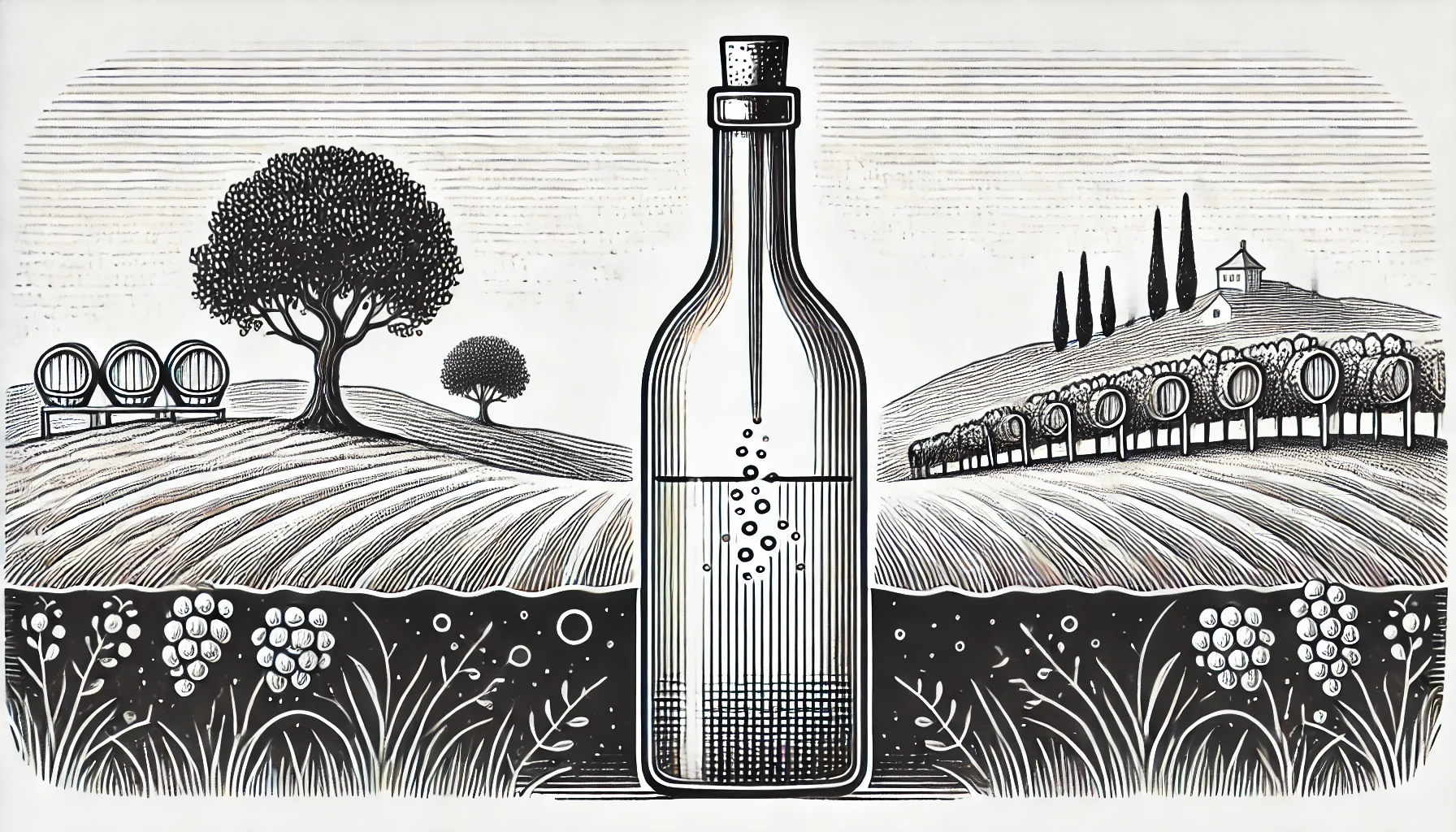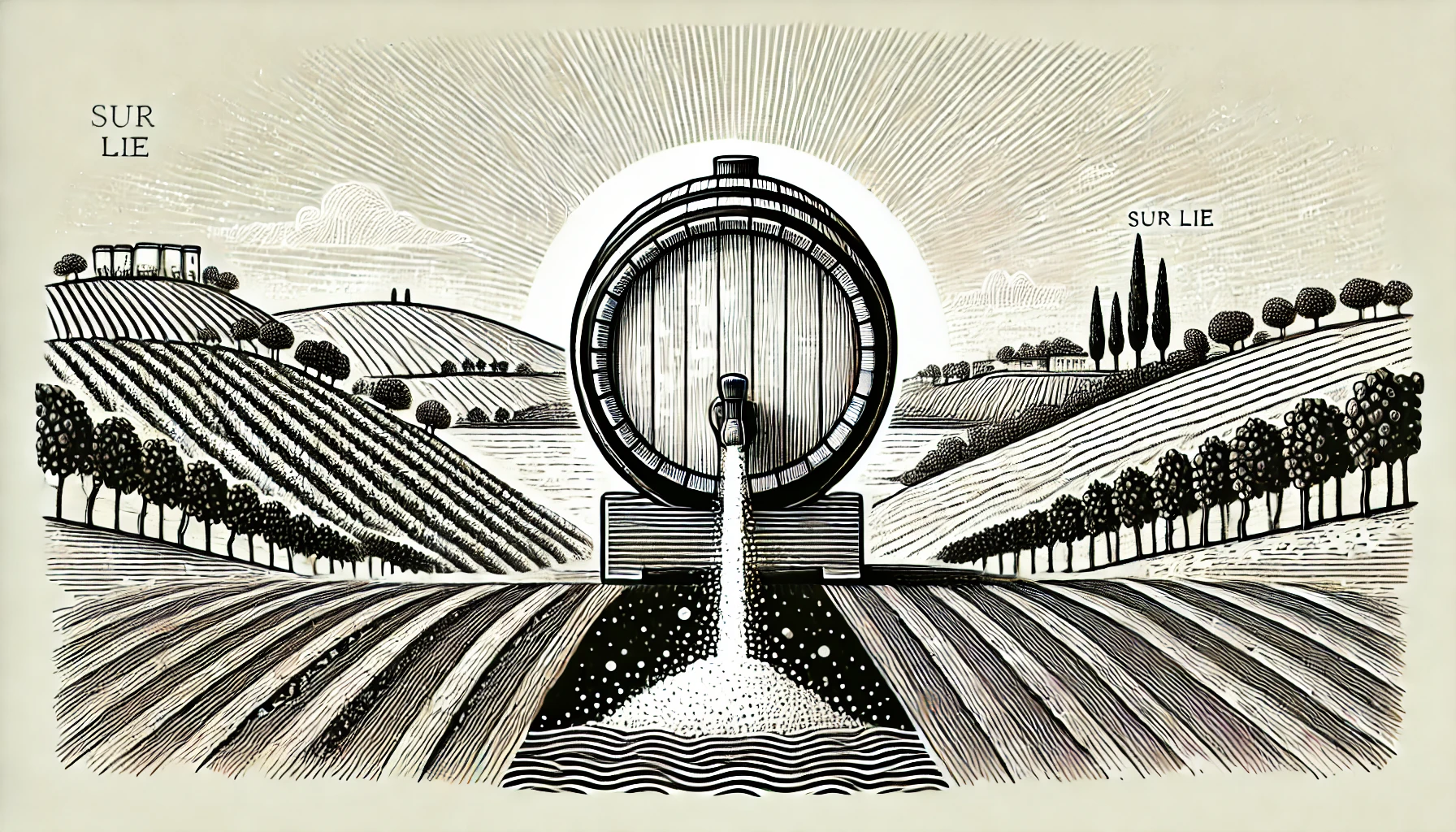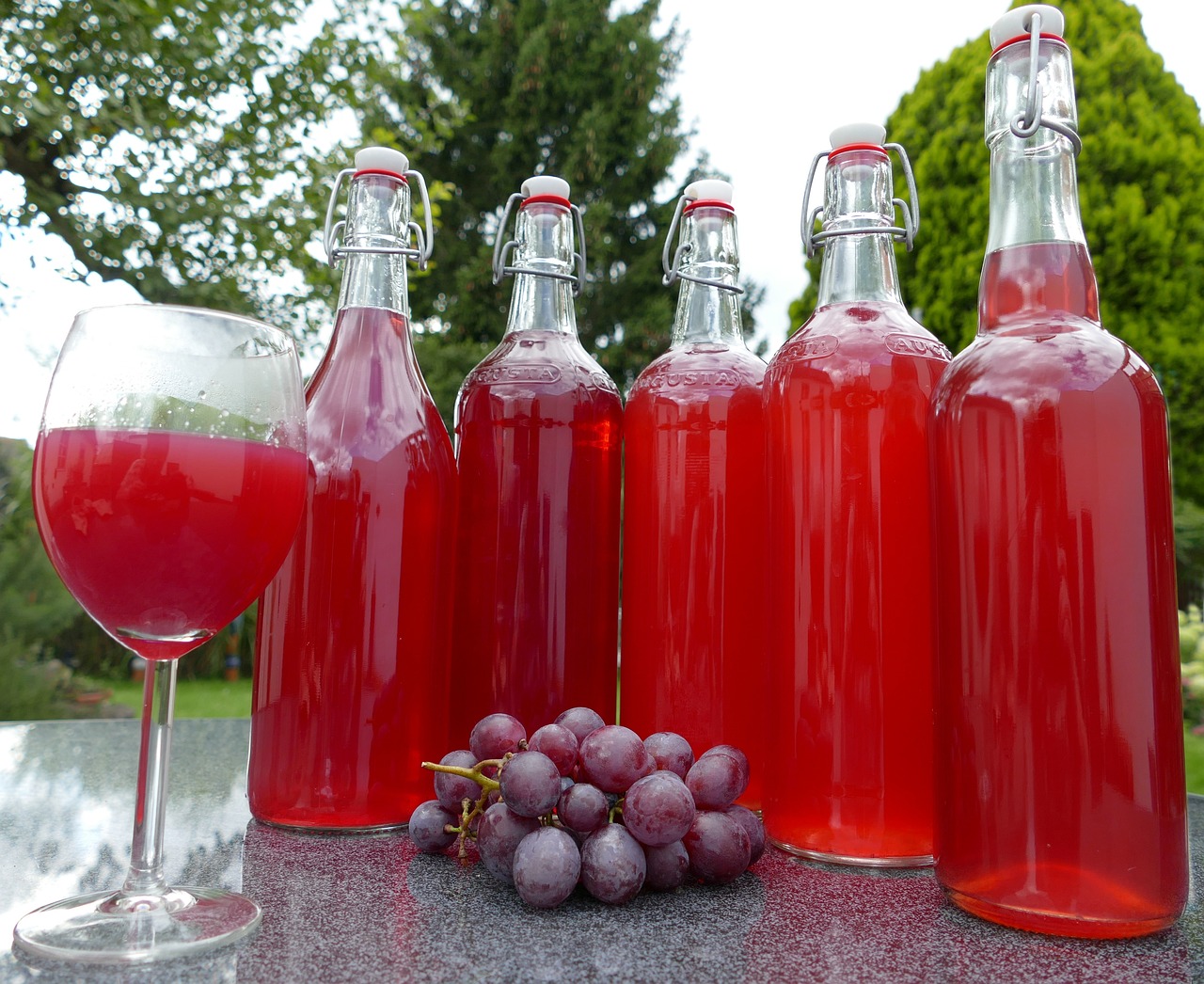
Wine. We drink it at celebrations, we sip it at dinner, and some of us even try to impress our friends with a well-rehearsed swirl and sniff at a restaurant. But behind every bottle of wine, there’s a story of nature, nurture, and a whole lot of grapes. Ever wondered just how many of those are needed to make a single bottle of your favorite vino?
The Journey from Grape to Glass
Before we get into the numbers, it’s important to understand the journey of a grape. It all starts in the vineyard, where grapevines are carefully tended, pruned, and nurtured throughout the year. These grapes, full of flavor and potential, are eventually harvested, crushed, fermented, and turned into that magical liquid we call wine.
But how many grapes does it really take to make that transformation?
The Numbers You’ve Been Waiting For
The short answer? You need about 600-800 grapes to make a standard 750 ml bottle of wine. Yes, you read that right! Your average bottle of wine requires hundreds of grapes to produce. But of course, it’s not as simple as plucking 800 grapes off the vine and calling it a day. The number varies depending on several factors, including the grape variety, vineyard yield, winemaking techniques, and even Mother Nature herself.

Breaking It Down by Weight
Now, 600-800 grapes may sound like a lot, but let’s break it down further. On average, a single grape weighs around 1-2 grams. So if we do some quick math:
- 800 grapes x 1.5 grams per grape = 1.2 kilograms (or about 2.6 pounds) of grapes per bottle.
That’s a decent arm workout if you’re out picking them yourself! Keep in mind that this number can fluctuate based on the size of the grape. Some varieties, like Cabernet Sauvignon, have smaller, more tightly packed berries, while others, like Pinot Noir, tend to be larger and juicier.
Vineyard Yield: How Much Wine Can You Get Per Acre?
Another factor that influences the number of grapes per bottle is vineyard yield. This refers to how much fruit a vineyard produces per acre. High-yielding vineyards produce more per acre, while low-yielding vineyards (often seen in more premium wine regions) produce fewer grapes but often of higher quality.
- High-yielding vineyards might produce around 6-10 tons of grapes per acre, which can translate to roughly 1,500-3,000 bottles of wine per acre.
- Low-yielding vineyards (common in regions like Bordeaux or Burgundy) may produce only 2-4 tons of grapes per acre, yielding fewer bottles—around 500-1,200 per acre.
This difference in yield is one reason why wine from low-yielding regions tends to be more expensive. Fewer grapes mean less wine, but often a more concentrated and flavorful one.
Does the Type of Grape Matter?
Absolutely! The variety of grape plays a huge role in how many grapes are needed to fill a bottle. Some are juicier and have thinner skins, which means they yield more juice per pound, while others are more tannic and have thicker skins, providing less juice but more structure and flavor to the wine.
For example:
- Pinot Noir grapes are delicate, with thin skins and high juice content. This means you may need fewer grapes to make a bottle compared to heartier varieties.
- Cabernet Sauvignon, on the other hand, has thick skins and smaller berries, which means you’ll need more of them to achieve the same juice output.
This difference becomes even more pronounced when winemakers make decisions about how they handle the grapes during the winemaking process. Some winemakers may press the grapes lightly, extracting less juice, while others may use techniques like cold soaking to maximize extraction from the grape skins.
Wine Styles and Grape Quantities
The style of wine being produced also affects how many grapes go into the bottle. For example:
- Red wines require longer fermentation on the skins, which extracts tannins, color, and flavor. This process uses more of the grape than white wine, which is typically pressed off the skins much earlier.
- Rosé wines fall somewhere in between, as they are often made by allowing the grape skins to stay in contact with the juice for a short period before pressing.
This means a winemaker making red wine from the same amount of grapes may end up with less wine than if they were making a white or rosé wine, simply because the winemaking process extracts more from the grapes in red wine production.
Climate, Weather, and Vintage Impact
Not only does the type of grape matter, but so do the weather conditions in which the grapes are grown. A warm, sunny season leads to larger, juicier grapes, while a cooler season may result in smaller ones with more concentrated flavors.
- Hot climates like those in California or Australia often produce larger yields because the grapes ripen more fully, resulting in more juice.
- Cooler climates like Germany or France’s Champagne region tend to produce smaller grapes with higher acidity, meaning fewer grapes may be needed for that sharp, refreshing style of wine.
And let’s not forget about vintage variation. No two years are exactly the same in the vineyard, and a particularly bad season (think frost, hail, or drought) can drastically reduce grape yields. In tough years, winemakers may need to harvest more to make up for those lost to poor weather, further affecting the number of grapes in each bottle.
Fun Fact: The Science of Brix
If you’ve ever dabbled in winemaking (or just wine trivia), you might have come across the term Brix. Brix is a measurement of the sugar content in grapes, and it plays a huge role in determining how many grapes you need to make a bottle of wine.
Grapes with higher Brix levels have more sugar, which translates into higher alcohol levels in the finished wine. Winemakers carefully monitor Brix levels during the growing season to decide when to harvest the peak ripeness. This not only affects the flavor of the wine but also how much juice is needed to create a bottle.
For example, grapes with lower Brix might need to be harvested in larger quantities to achieve the same sugar levels needed for fermentation, while those with higher Brix require fewer grapes per bottle.
Quality vs. Quantity: Does It Matter?
Here’s where things get interesting. The number of grapes needed for a bottle of wine can vary based on whether the winemaker prioritizes quality or quantity.
Some mass-produced wines aim to get as much juice as possible from each grape, which can result in lighter, more diluted flavors. On the other hand, winemakers focusing on quality may prioritize fewer, higher-quality grapes, leading to richer, more concentrated wines.
It’s one reason why some bottles of wine cost $10, while others can run into the hundreds or thousands—each bottle tells the story of how the grapes were grown, harvested, and turned into wine.
Sustainable Practices and Yield
The growing emphasis on organic and biodynamic farming has also affected how many grapes go into each bottle. These sustainable practices often limit yields to encourage the health of the vines and the surrounding ecosystem. While this may mean less wine produced, the end result is often a purer, more expressive wine.
- Organic farming avoids the use of synthetic pesticides and fertilizers, which can sometimes reduce grape yield but improve the health and longevity of the vineyard.
- Biodynamic farming goes even further, treating the vineyard as a self-sustaining ecosystem, often leading to lower yields but wines with more character and complexity.
The Bottom Line: The Right Amount for the Perfect Bottle
In the end, while there’s no one-size-fits-all answer, we can confidently say that 600-800 grapes is the sweet spot for most bottles of wine. The number can vary depending on the type of grape, the winemaking process, the vineyard’s location, and the desired style of wine.
So next time you pour yourself a glass, take a moment to appreciate the hundreds of grapes that came together to create that bottle. It’s a labor of love—that’s been perfected over centuries.
